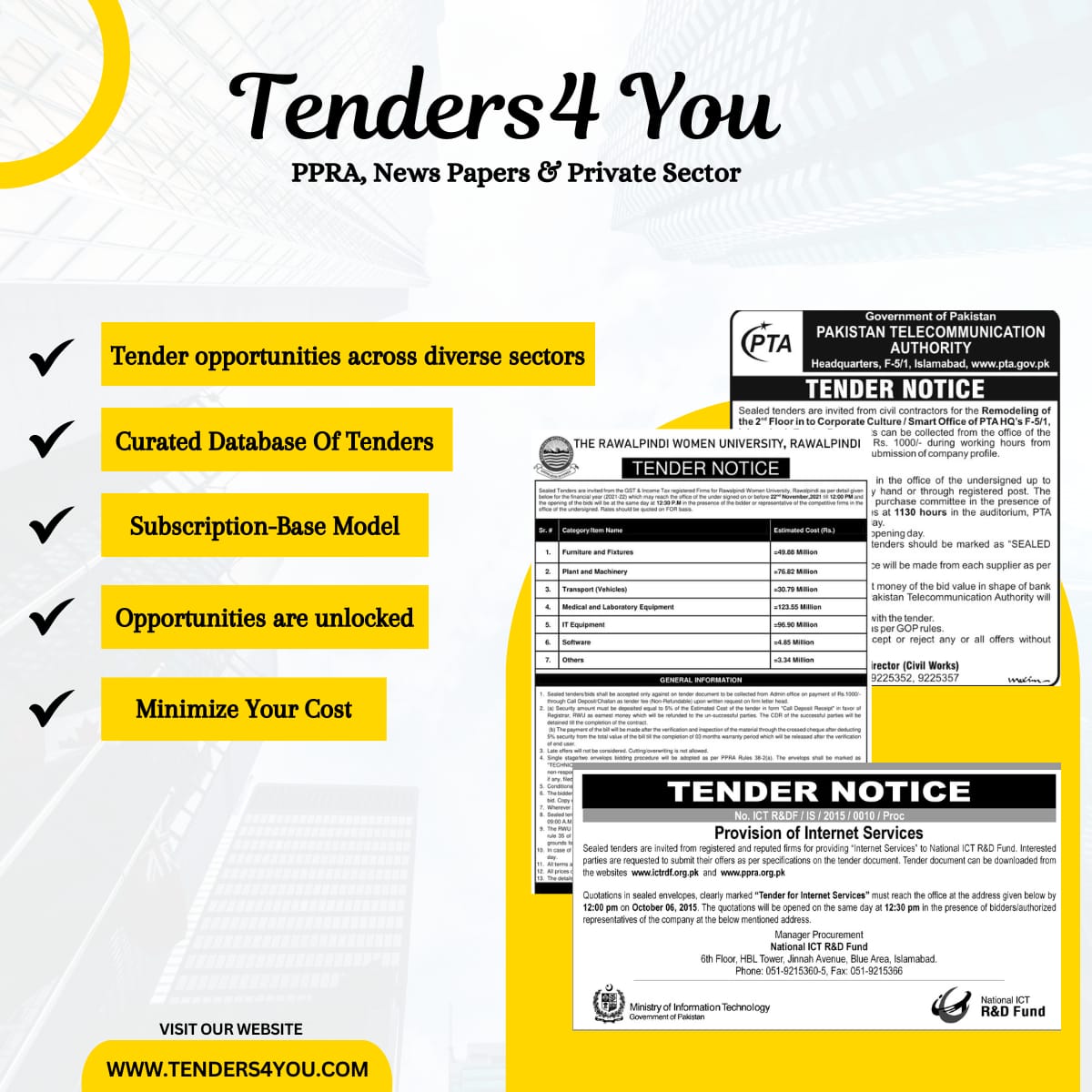
Introduction
In the business world, managing procurement efficiently can make or break your success. Enter the Procure to Pay (P2P) process, a crucial cycle encompassing everything from purchasing goods and services to making the final payment. But like any business process, it comes with its fair share of risks. These risks, if not managed properly, can lead to financial loss, operational inefficiencies, and compliance issues. So, let’s dive deep into the world of P2P risks and learn how to navigate these treacherous waters.
Understanding Procure to Pay Risks
First things first, what exactly are P2P risks? Simply put, these are potential threats that can disrupt the procurement and payment process. They can arise from various aspects of the P2P cycle, from financial mishaps to operational hiccups and compliance failures.
Common Types of P2P Risks
When we talk about P2P risks, we’re looking at a broad spectrum of issues. Let’s break them down:
Financial Risks
Money makes the world go round, but it can also cause a fair bit of trouble.
Overpayments and Duplicate Payments
Imagine paying a supplier twice for the same invoice. Ouch, right? Overpayments and duplicate payments are common financial risks in the P2P process. They can occur due to errors in invoice processing or lack of proper controls.
Fraudulent Activities
Where there’s money, there’s a potential for fraud. Fraudulent activities can range from fake invoices to collusion between employees and suppliers.
Budget Overruns
Spending more than what was planned can wreak havoc on your finances. Budget overruns happen when procurement costs exceed the allocated budget, often due to poor planning or unexpected price hikes.
Operational Risks
The day-to-day running of procurement can hit several snags.
Inefficiencies in the Procurement Process
A slow, cumbersome procurement process can lead to delays and increased costs. Inefficiencies often stem from outdated procedures, lack of automation, or poor communication between departments.
Supplier Risks
Relying heavily on a single supplier or dealing with unreliable ones can spell trouble. Supplier risks include the possibility of suppliers failing to deliver on time, providing subpar goods, or even going out of business.
Delivery Delays
When suppliers don’t deliver as promised, it disrupts the entire supply chain. Delivery delays can result from logistical issues, production problems, or external factors like natural disasters.
Compliance Risks
Staying within the lines of the law is crucial.
Regulatory Non-compliance
Failing to adhere to industry regulations can lead to hefty fines and legal issues. Regulatory non-compliance occurs when businesses do not follow laws related to procurement, such as anti-bribery regulations or environmental standards.
Contractual Obligations
Not meeting contractual terms can damage relationships and lead to financial penalties. This risk involves failing to uphold the terms agreed upon in supplier contracts, such as delivery schedules or quality standards.
Ethical Concerns
Ethical lapses can harm a company’s reputation. These include issues like engaging in corrupt practices or sourcing from suppliers with unethical practices.
Technology Risks
In the digital age, tech-related risks are ever-present.
Cybersecurity Threats
With the rise of digital procurement systems, cybersecurity threats have become a significant concern. These threats include hacking, data breaches, and malware attacks.
System Downtime
When procurement systems go down, it can halt the entire process. System downtime can be due to technical failures, software bugs, or cyber-attacks.
Data Integrity Issues
Accurate data is the backbone of effective procurement. Data integrity issues arise when there’s incorrect or corrupted data, leading to faulty decision-making.
Mitigating Financial Risks
So, how do we tackle these financial hurdles?
Implementing Robust Payment Controls
Strong payment controls are essential to prevent overpayments and duplicate payments. This includes having multiple levels of approval for invoices and payments.
Regular Audits and Reconciliations
Conducting regular audits and reconciliations helps identify discrepancies early. This proactive approach ensures any financial mishaps are caught and corrected promptly.
Utilizing Financial Software
Leveraging financial software can automate and streamline payment processes, reducing human error and enhancing accuracy.
Addressing Operational Risks
Keeping operations smooth is key to minimizing risks.
Streamlining Procurement Processes
Simplifying and automating procurement processes can eliminate inefficiencies. Implementing a centralized procurement system ensures better coordination and communication.
Developing Strong Supplier Relationships
Building strong relationships with reliable suppliers is crucial. This involves regular communication, performance reviews, and diversifying the supplier base to avoid over-reliance on a single source.
Setting Realistic Delivery Timelines
Realistic delivery timelines help manage expectations and reduce the risk of delays. This requires thorough planning and collaboration with suppliers.
Managing Compliance Risks
Compliance is non-negotiable in the P2P process.
Staying Updated with Regulations
Keeping abreast of changing regulations ensures compliance. Regular training and updates for employees involved in procurement are vital.
Contract Management Solutions
Utilizing contract management solutions helps in monitoring and enforcing contractual obligations. These tools can track compliance and highlight any deviations.
Promoting an Ethical Culture
Fostering an ethical culture within the organization prevents ethical lapses. This includes implementing a code of conduct and ensuring employees are aware of ethical standards.
Handling Technology Risks
Tech can be a double-edged sword, so let’s use it wisely.
Investing in Cybersecurity
Investing in robust cybersecurity measures protects against threats. This includes firewalls, encryption, and regular security audits.





